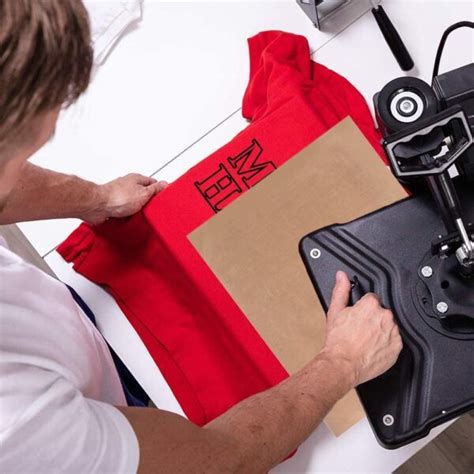Heat Press Tips and Tricks: Teflon Sheet Edition
Heat presses are invaluable tools for anyone involved in crafting, apparel decoration, or sublimation printing. However, mastering the art of heat pressing involves more than just setting the temperature and time. This article dives into essential tips and tricks, specifically focusing on the benefits and best practices when using Teflon sheets. We'll cover everything from choosing the right sheet to troubleshooting common issues, ensuring you achieve professional-quality results every time.
What are Teflon Sheets Used For in Heat Pressing?
Teflon sheets, also known as heat transfer sheets or non-stick sheets, are crucial for protecting your heat press platen and your garments from damage. They act as a barrier between the hot press and the delicate fabrics, preventing scorching, sticking, and unwanted marks. This is particularly important with materials that are prone to melting or sticking, such as certain plastics, fabrics with embellishments, or those with heat-sensitive dyes.
Choosing the Right Teflon Sheet: Size and Material
Selecting the appropriate Teflon sheet is vital. Ensure your sheet is large enough to completely cover the area you're pressing. You need sufficient overlap to prevent accidental contact between the platen and the garment. Using a sheet too small can lead to uneven heat transfer and potentially ruin your project.
The material itself should be high-quality, durable Teflon. Cheap alternatives may tear, melt, or leave residue, negating their protective purpose. Look for sheets with clear instructions regarding heat and pressure tolerance.
How to Properly Use a Teflon Sheet for Heat Pressing
-
Cleanliness is Key: Before each use, inspect your Teflon sheet for any debris or imperfections. Wipe it down with a clean, damp cloth to remove any dust or lint. A clean sheet ensures a smooth, even press.
-
Placement is Crucial: Accurately position your design and garment on the Teflon sheet. Ensure the design is centered and properly aligned before placing the top sheet of Teflon on top. This prevents misalignment or uneven heat transfer.
-
Pressure and Time: Follow the manufacturer's instructions for your specific heat press and transfer material. Too much pressure can damage the garment, while insufficient pressure may result in an incomplete transfer. Similarly, incorrect timing can lead to fading, blurry images, or even a failed transfer.
-
Avoid Overheating: While Teflon sheets are heat-resistant, avoid prolonged exposure to extremely high temperatures. This can degrade the material over time, reducing its effectiveness.
Troubleshooting Common Heat Press Issues with Teflon Sheets
My Design is Sticking to the Teflon Sheet.
This usually indicates either insufficient pressure, improper temperature settings, or using a low-quality Teflon sheet. Check your heat press settings and ensure they align with the recommended parameters for your transfer material. Consider switching to a higher-quality Teflon sheet.
My Garment is Scorched or Marked.
This points towards a few potential problems: The Teflon sheet may be damaged or improperly placed, leaving parts of the garment exposed to direct contact with the hot platen. It could also indicate excessive pressure or heat settings. Inspect your Teflon sheet for damage and ensure proper placement. Carefully review and adjust your press settings.
My Transfer Isn't Transferring Properly.
This commonly happens due to insufficient pressure, incorrect temperature, or inadequate time. Ensure that your heat press is properly calibrated and that you're following the instructions for both your transfer material and your heat press.
What to Do When Your Teflon Sheet is Damaged?
Replacing your Teflon sheet is crucial when it’s damaged. Continued use of a torn or melted sheet significantly increases the risk of scorching your garments and potentially damaging your heat press platen. Investing in a high-quality replacement is an investment in protecting your equipment and the quality of your work.
Conclusion
Mastering heat pressing techniques with Teflon sheets dramatically improves the quality and consistency of your results. By following these tips, understanding potential issues, and proactively addressing them, you'll create professional-looking projects consistently. Remember to prioritize quality materials and always follow the manufacturer's recommendations for your heat press and transfer materials. With practice and attention to detail, you'll become a heat press pro in no time!

